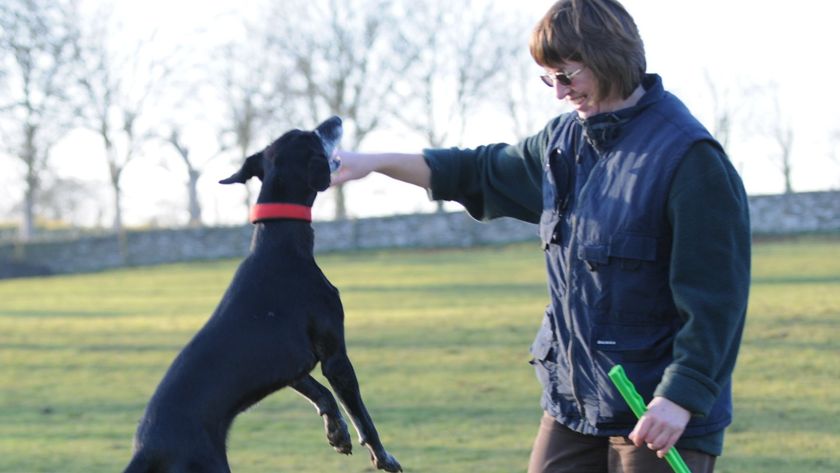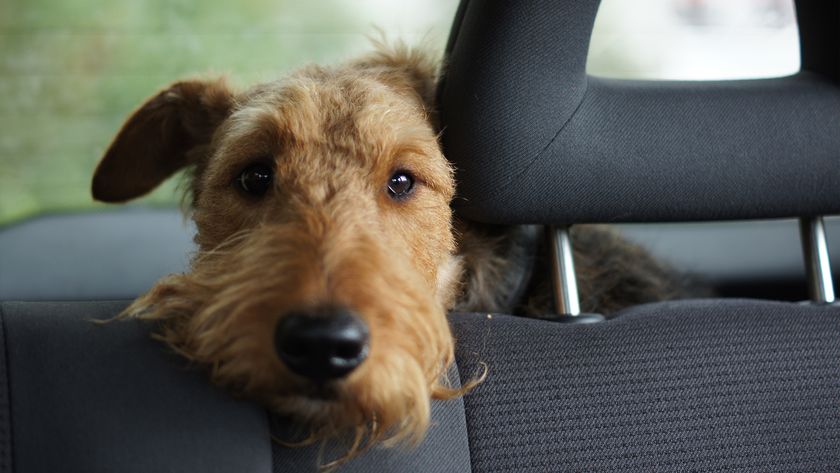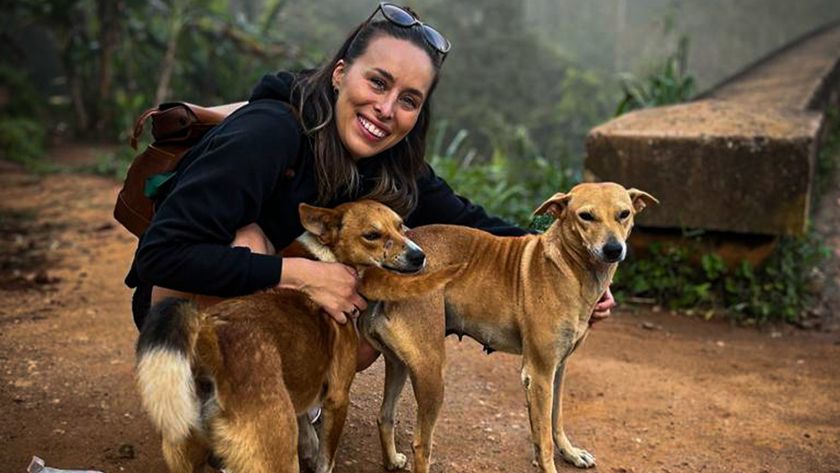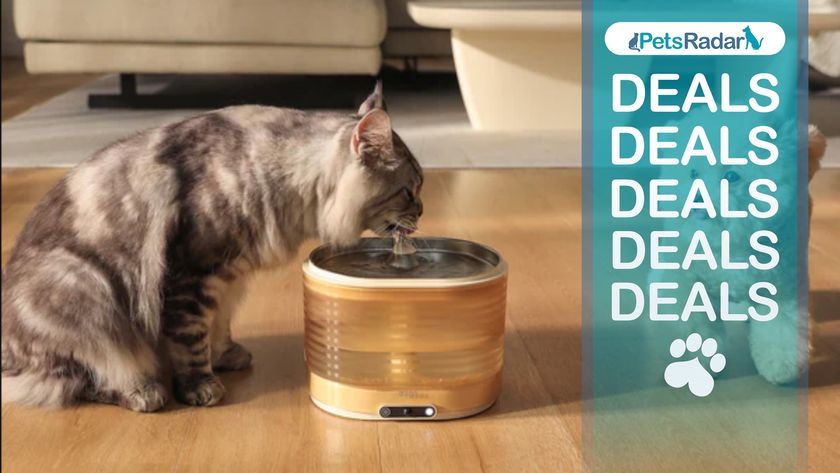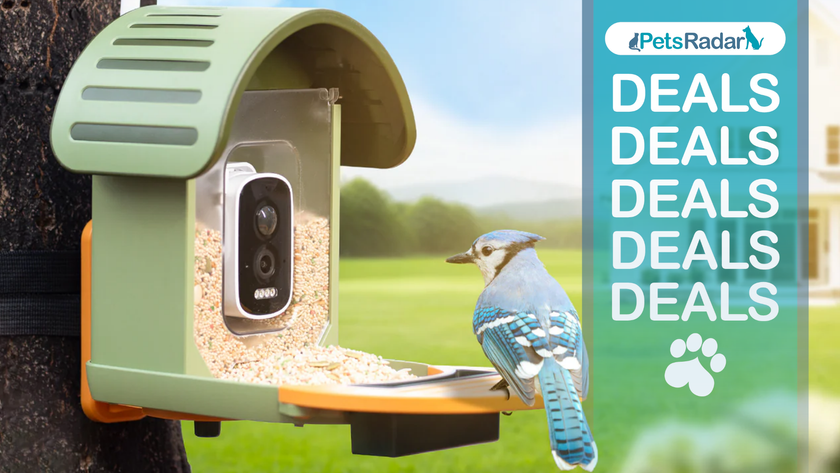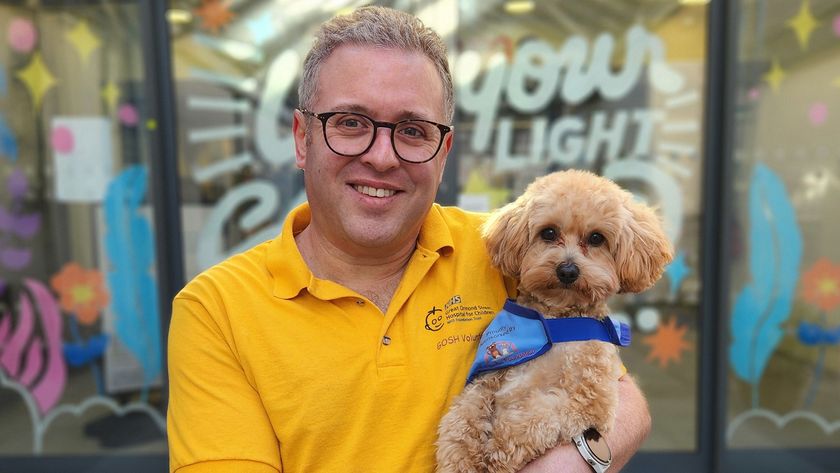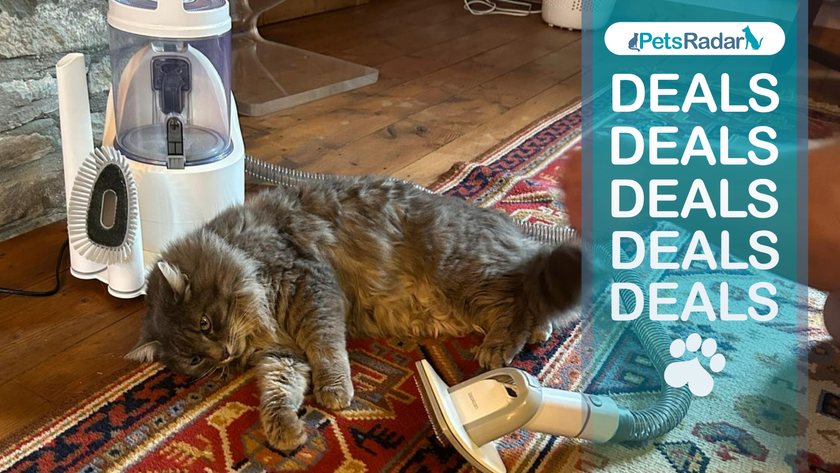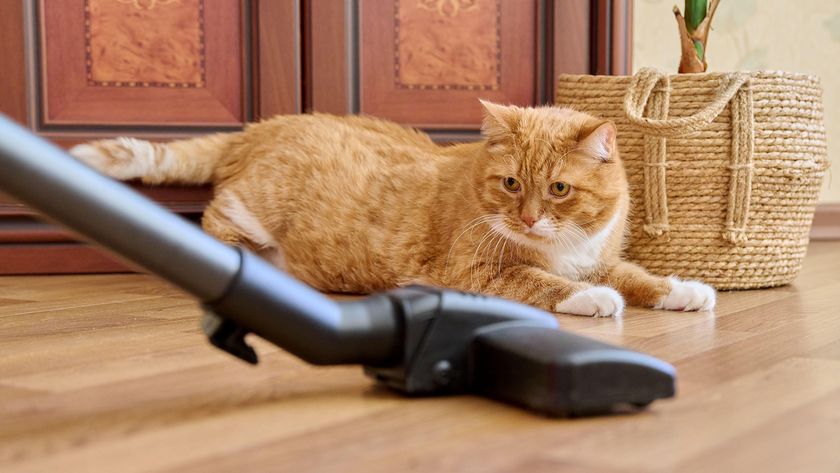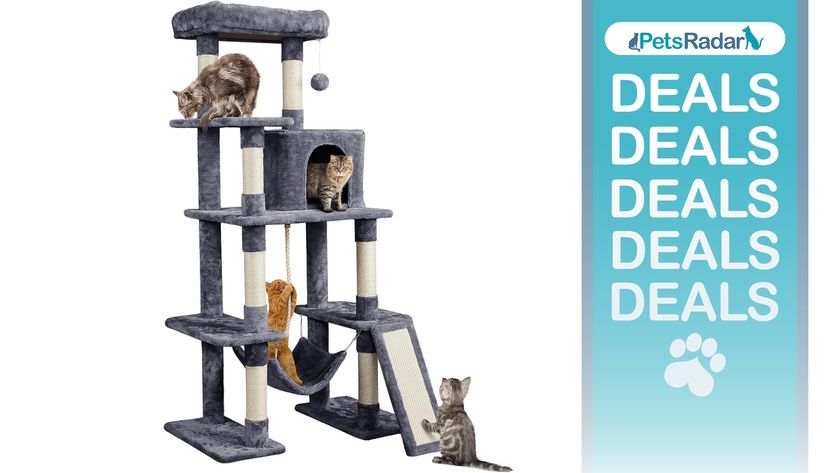If your dog’s wary of strangers, trainer shares the one thing you should stop doing – and it really surprised us!
Advocate for your pup and respect their need for space, and you might make some progress.
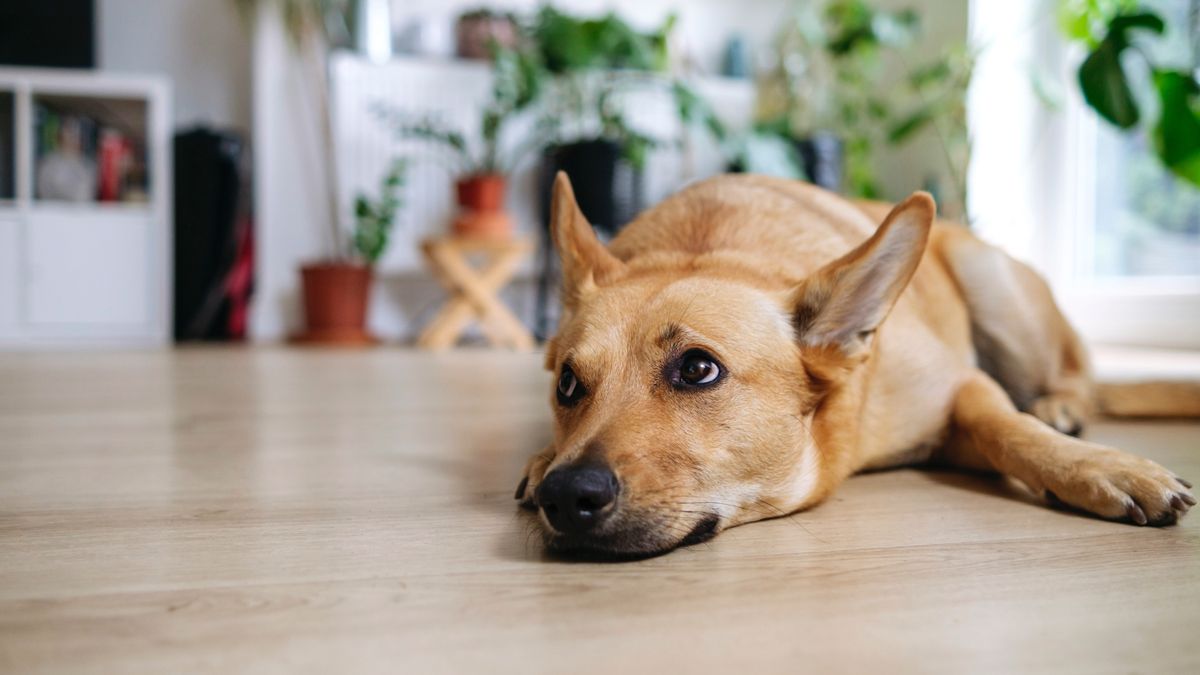
Every dog parent wants their pup to get on well with other people, be they friends and family members or people you meet out and about. However, some dogs can be reactive toward strangers.
Something we often do, when it comes to dogs who aren’t quite sure about new people, is let them approach our dogs and feed them some of the best dog treats or try to pet them – the logic being that the dogs will get used to them.
However, this isn’t the right way to go about things, and won’t solve the problem. Carolyn Martell, a professional dog trainer and the founder of Good Dog Training, has explained why, and what we should do instead, in a new Instagram post.
A post shared by Good Dog Training (@gooddog.training)
A photo posted by on
“A common idea is to teach a stranger-reactive dog that strangers are good by having strangers feed the dog treats,” Martell begins. “This makes a lot of sense to us – it teaches our dog to not worry about new people, right? New people equal treats, right? Well, that’s probably not how your dog sees it.”
She explains that your dog will have given signals that they’d rather be left alone, moving away, staring, or tensing up. But then, those signals are ignored as a stranger reaches for them.
And, if your dog has asked nicely to have some space, but their request has been ignored, they may escalate. A dog whose signals have been ignored may bark, lunge, growl, snap, or even bite – understanding aggression in dogs can be really useful for any dog parent.
“What most stranger-reactive dogs want is space. To be left alone. To feel safe,” says Martell. “When you encourage strangers to approach to say hi or hand them a treat, you’re actually doing the opposite. They feel unsafe, trapped, and they don’t know how to react. This often leads to that reactive outburst.”
PetsRadar Newsletter
Get the best advice, tips and top tech for your beloved Pets
The more this happens, the more worried your dog can become, and they might proactively communicate this way before a stranger even approaches, barking or growling at passersby.
Instead, Martell recommends simply asking for your dog's attention. When they notice a stranger, give them a treat yourself. Respect their need for space, moving away from others if you need to, and advocate for them if someone wants to say hello. Start slowly, helping your dog feel safe, and build from there.
Once your dog has got these foundations down, you can begin to move on to actually interacting with strangers.
If you’d like more advice on dealing with a reactive dog, you might find the following article useful, too: Owning a reactive dog is hard. Here's how I navigated the social challenges with my pooch.
Pupford Beef Liver Training Freeze-Dried Dog Treats
We gave these to our tester Isaiah for his dog Hayes to try. He reports back that they're his new favorite treat and are a suitable size for training. "He could and would eat the whole bag if allowed!"

Adam is a freelance journalist specialising in pets, music and culture, and mental health and wellbeing. He investigates and writes the large majority of news on PetsRadar, and collaborates with veterinary experts to produce informative pet care content.
Adam has a journalism degree from Southampton Solent University and a masters degree in Magazine Journalism from Cardiff University. He was previously senior editor at dog advice website DogTime.com, and has also written for The Independent, GoodToKnow and Healthline.
He owns two rescue cats, Bunny and Dougie, and has also previously had a rabbit, fish and Roborovski dwarf hamsters.

